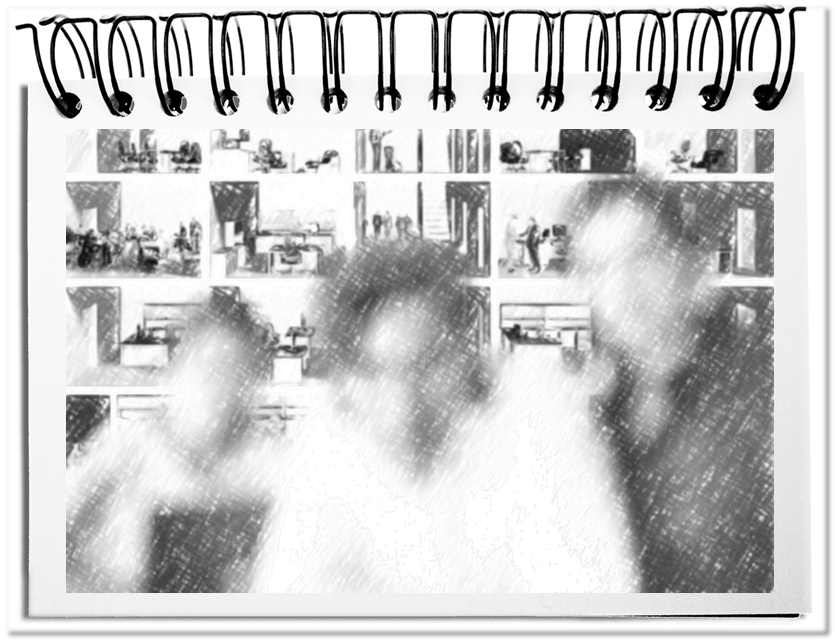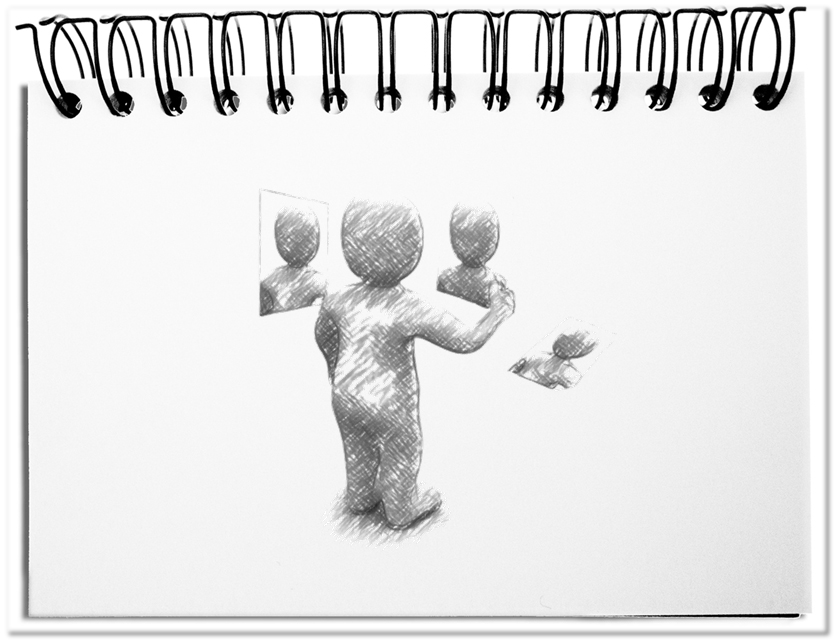The bigger a project, the more people are involved, the interim results and milestones are created, the more coordination is necessary and the higher the costs are. A lot of effort goes into the reporting for the decision makers and the committees. Unfortunately, the project team rarely determines the target group profile. These characteristics of the deciders have a large influence on the effectiveness of communication. The resulting, unnecessary blind spot leads often, despite good results, not to an adequate appreciation.
Many push the fact to the back of their mind that the workload of the project is today less than fifty percent technical problem solving and more than fifty percent communication. The reports have a special function, since they introduce and explain the results. Thus, they contribute crucially to success and failure. Misunderstandings and wrong classifications undermine objectively good results. A main reason for the unsatisfactory presentations is the misconception that a good solution is already sufficient, in order to be successful.
Imagine the inventor of an all-purpose knife for the kitchen that no longer blunts. He shows short videos, in which the knife is used to cut vegetables, fish and meat like butter. As a special effect, he tested his invention under continuous use in a slaughterhouse for four weeks. The video shows butchers ramming the knife several times into pigs and cutting them into pieces, even though the target group consists of housewives, not butchers. With his objective demonstration of the efficiency of the knife, he awakes inadvertently murderous scenarios within the mind of the public. Accordingly, the presentation fails to have the desired effect.
An important element during the preparation of a presentation is the consideration of the individual characteristics and conceptions of the respective target group. This requires an early profiling. The creation of the profile is possible without larger effort, if you use the correct structure (e.g. self-image http://ow.ly/wsIjz).
With the clear understanding of the target group, the following aspects can be achieved.
- You provide the target group room for their associations, by limiting yourself on information according the interests of the target group. The nominalization of specific activities creates connection points to their everyday experiences, e.g. the cutting of vegetables, the carving of meat.
- The connection of the results with the experiences and convictions of the target group facilitates them to integrate the messages into their understanding. Generalizations and classifications elicit many thoughts, e.g. food is also a feast for the eye; the cold kitchen thrives on cutting.
- The use of examples out of the experience areas of the listeners activates their presumptions and existing explanations for cause and effect and links them to the presentation. Thus, role models supply a variety of associations, e.g. the most important tool of star cooks is the sharp knife; good food becomes a successful dinner with a good knife.
- With the definition of crucial terms, you prevent that the listeners use their imagination in the wrong direction. They create a basis as objective as possible, e.g. the knife functions in all areas of the kitchen; continuous tests did not produce any indications of wear.
These aspects are especially valid, if it comes to the abstract topics of the economy. In these areas, the danger to misinterpret a presentation is big, since the range of interpretations goes quite far. Terms, such as goals, results, satisfaction, economics etc. are interpreted differently by the listeners. It is important to understand the attitudes of the target group in advance and to incorporate indispensable explanations based on these insights. Reports, tailored to the respective target group, ensure that the results can be appreciated accordingly.
Bottom line: The profiling is a simple approach, in order to prevent the unnecessary blind spot, the fuzzy target group conception. This way, you convey more effectively your interests and results.


